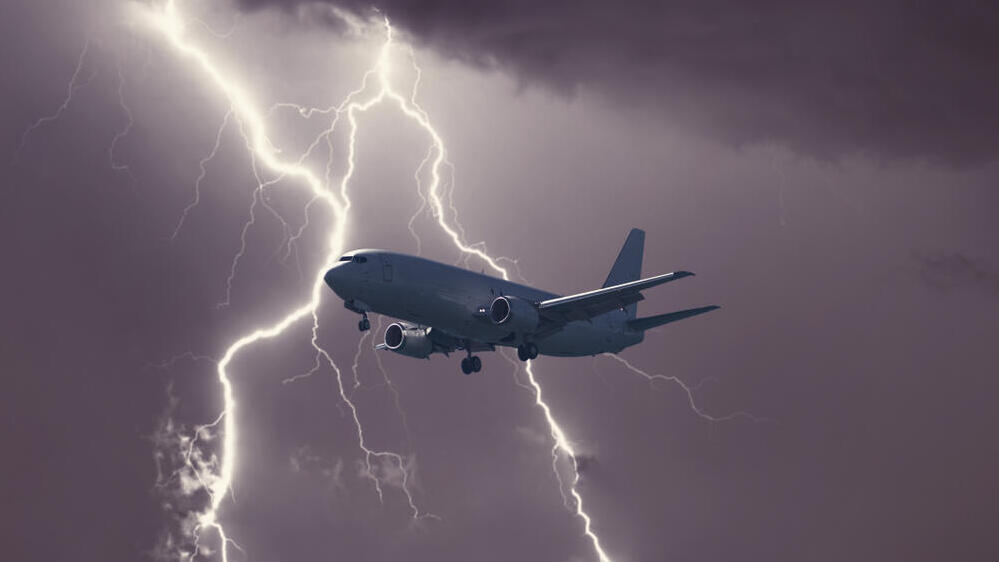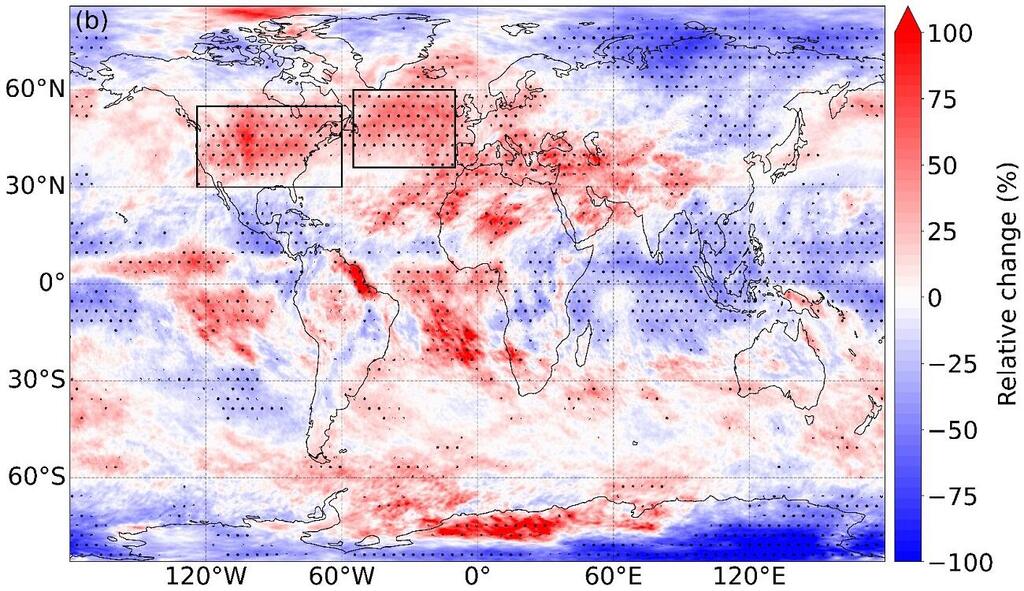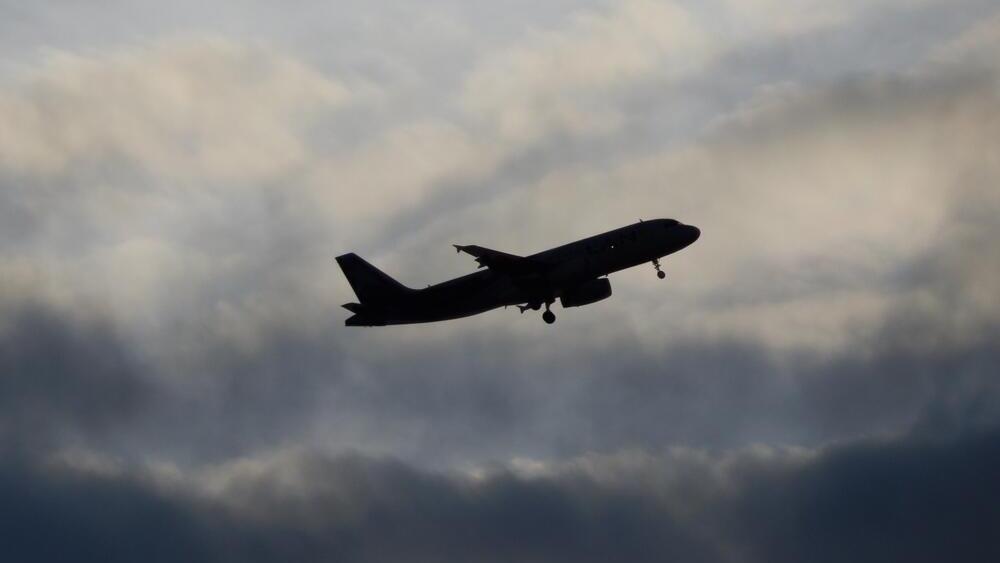Turbulences and hidden pressure changes in the air can cause unpleasant shaking during flights. Concerningly, the airspace traversed by planes has become more challenging compared to four decades ago, according to scientists who conducted a new study on the matter.
More stories:
They found that turbulent flow, also known as eddy flow, which is responsible for air turbulence, is expected to increase as the climate continues to change.
3 View gallery


Air turbulence is expected to increase as the climate continues to change
(Photo: Shutterstock)
The new study conducted by researchers from the University of Reading in teh United Kingdom revealed that the occurrence of "clear-air turbulence" (CAT) cases, which can’t be located by pilots and their instruments, has increased in various regions around the world.
In most cases, the phenomenon isn’t life-threatening, sincce when such incidents occur the pilot reduces speed to a safe level in turbulent areas and asks passengers to fasten their seat belts.
Severe turbulence cases are extremely rare, with the most well-known incident occurring in March 1966, when British Overseas Airways Corporation Flight 911 crashed after encountering severe air pockets, resulting in 124 deaths of passengers and crew.
One theory given during the accident’s investigation was that the Boeing 707 aircraft, operated by British Airways, flew over Mount Fuji in Japan, where the formation of invisible air pockets is more likely, thus causing the aircraft to go into a nosedive.
The research’s findings indicate that over the North Atlantic Ocean, one of the busiest flight routes in the world, the total annual duration of severe turbulence has increased by 55% from 17.7 hours in 1979 to 27.4 hours in 2020.
In contrast, the annual occurrence of moderate turbulence increased by 37% from 70.0 hours to 96.1 hours, while the occurrence of light turbulence increased by 17% from 466.5 hours to 546.8 hours during the same period, 1979 to 2020.
The research team behind the study, published in the Geophysical Research Letters journal, stated that the increase in the occurrence of turbulence at different intensities corresponds with the impacts of climate change.
Warmer air resulting from carbon dioxide emissions amplifies wind shear – the differences in wind direction or intensity between parallel directions – in jet streams, which are strong and narrow air currents in the upper layers of the troposphere, the lowest layer of Earth's atmosphere.
This strengthens the invisible air turbulence, particularly over the North Atlantic Ocean and worldwide.
"Turbulence disrupts flights and can sometimes be dangerous. Airlines will need to start thinking about how they’ll cope with the increase in turbulence, as it costs the aviation industry between $150-500 million per year in the U.S. alone, due to injuries, aircraft damage, and flight delays.”
“Every additional minute of flight through turbulent air can increase stress on the aircraft, as well as the risk of injuries to passengers and crew," said Mark Prosser, a doctoral student at Reading University.
While the United States and North Atlantic Ocean have experienced the highest increases in the frequency of turbulence in all three intensity levels, the new study’s findings also showed that other busy flight routes over Europe, the Middle East and the South Atlantic Ocean are expected to experience a significant increase in invisible air turbulence.
"After a decade of research, with its bottom line indicating that climate change will intensify invisible air turbulence in the future,” said Paul Williams, a professor of atmospheric science in Reading University’s Meteorology Department.
“It seems the future goal is to invest as much as possible in the development of improved prediction and detection systems for air turbulence, in an attempt to prevent damage to life and property in the aviation industry in the coming decades," he said.



